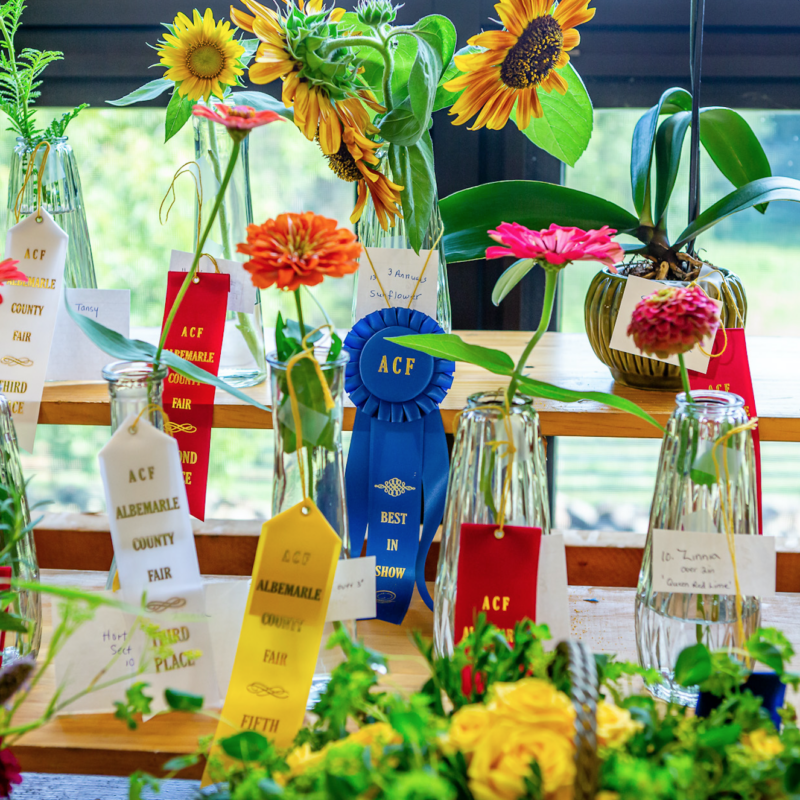Across the northern hemisphere a journey begun at the winter solstice finally comes to light in early spring: Longer days and stronger rays coax onion bulbs out of dormancy, and pull their brave tips skyward (even if they are stored in a dark drawer, or a cold refrigerator). While it can be frustrating to find your carefully stored alliums reaching for the sky, let their wintertime hopefulness bloom in your heart as a reminder of the inevitable, inexorable passage of winter into spring.
/(2309_1)/scallions.jpg) |
In sodden springtime fields, onions feel the pull of the sun, and they sprout out of the cold soil some time in March. To complete their reproductive efforts by the summer solstice, these thin green onions must rise above the rest of the vegetation, gather the sun’s fortifying rays, focus energy below ground to turn a slender root into a plump bulb, and finally send up a spiked orb of a flower to attract a likely pollinator—ideally by the end of June!
All immature onions can be eaten as green onions, and even garlic, shallot and leek shoots are edible and can be substituted for green onions (although the bulbs will be forfeited). A scallion is a specific variety of onion that is best eaten green, and is not known for producing an edible bulb (although it will try!). Some market green onions may actually be the thinnings of an onion field—they are harvested, bunched and sold to make room (above and below ground) for the remaining onions to grow round and plump.—Lisa Reeder
Using spring onions
Regardless of variety, any green onion will taste crisp and fresh, with a hint of the assertive flavor associated with the mature vegetable. They can be eaten every which way—raw in salads or chopped and stirred into soup, like an herb; braised or grilled or sautéed whole, like a vegetable; diced and mixed into a marinade or dipping sauce.
Sauté or stirfry much as you would an onion. Be certain to use a sharp knife on spring onions (and all onions, in fact) as their cut flesh oxidizes quickly, creating the compounds that cause tears.
As the season progresses, you may notice that the bulb ends of scallions begin swelling—they’re finally growing up! As onion bulbs form, they are stockpiling vitamins and minerals from the sun and soil (vitamin A, folic acid, potassium, phosphorus, cystine, and arginine, to name a few) and their flavor edges closer to that of a mature onion, so adjust your quantities accordingly.
Your nose and eyes will be the best indicators of freshness and age in an onion—the more mature it is, and the longer since it has been harvested, the more pungent and irritating the aroma will be. If ever you slice into an allium that threatens to overpower your meal, let the cut pieces soak in water to tame the flavor, or cover it with olive oil or vinegar to prevent oxidation and to infuse the liquid with the (now diluted) flavor.—L.R.
A bunch of onions, day by day
Day 1: Scallions are rigid, no wilting
These kids are fresh! Take their rubber band or twist-tie off, and put the hairy root-ends into a glass with just a bit of water in the bottom. Store them in the refrigerator with a plastic bag over the green ends for maximum shelf life—and don’t forget to give them more water if they need it!
Uses: Grilled green onions with sesame oil and black vinegar; whole green onions braised in light ham broth.
Day 2: Ready to cut
Once you’ve had your fun with juicy whole green onions, it’s time to begin cutting them and mixing them into everything. Chop the quantity you need off the tip end of your bunch, discarding any portions that are wilting or overly dry. The remaining onions can remain refrigerated in a bit of water; they’re aging well.
Uses: Before these babies go limp, use them for crunch: chopped and stirred into soup, salad dressings, and marinades.
Day 3: Looking a bit limp
Pull the bunch out of the refrigerator, dry them off, and remove any slimy or wilted leaves. Wrap loosely in a plastic bag for another day or two. Continue to cut only what you will use immediately.
Uses: Cut and dice for use in a stirfry, or puree for mixing into a compound butter or for freezing in small cubes. If left with a very small amount, pop it into the freezer for use in stockmaking.
Our kitchen columnist, Lisa Reeder, is a chef and local foods consultant and advocate. Read more about her at http://alocalnotion.wordpress.com.




